SUMMARY
This is AI generated summarization, which may have errors. For context, always refer to the full article.
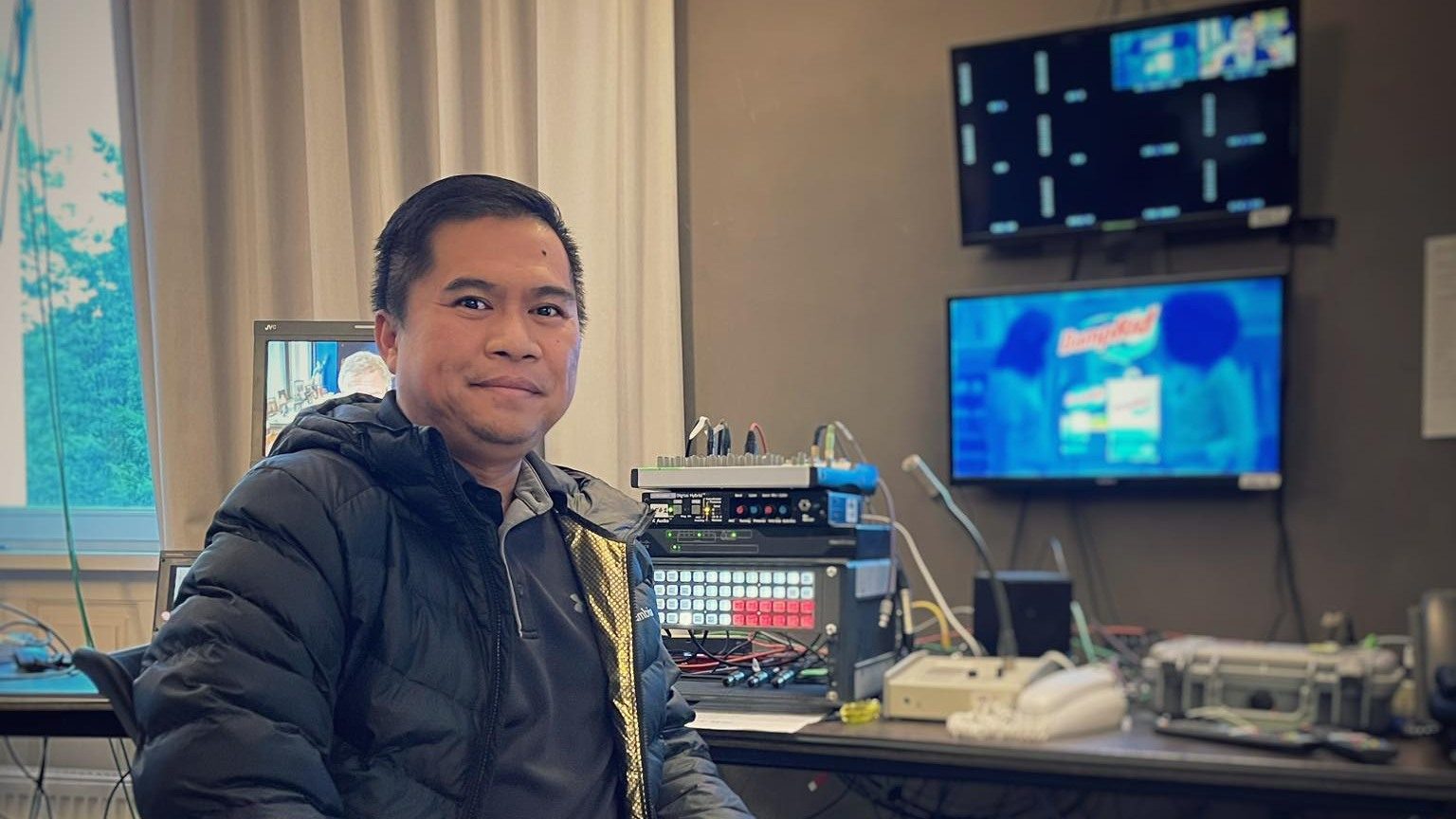
DUBAI, United Arab Emirates – For a news organization, covering a war involves a team of journalists, cameramen, and a guy taking care of the technical aspects to ensure that the news gets out.
In Ukraine, that guy is a 43-year-old Nueva Ecijano named Louie Mel Cayman Maliksi, engineer-in-charge for a group of CNN journalists covering the ongoing war.
Fully aware of his task, Maliksi’s day starts at 5:30 am with a prayer.
“After that, I check my emails, WhatsApp messages, and live news schedule,” said Maliksi, who obtained his degree in electronics and communications engineering at the Mapúa Institute of Technology in Intramuros, Manila.
Maliksi’s task is vital for the team’s coverage: “I make sure that all technical aspects of the broadcast TV work – from satellite transmission, IP streaming, broadcast studio, among others.”
Based in CNN’s Abu Dhabi office, Maliksi, along with the CNN team, was deployed to Lviv, Ukraine, on April 30 for a four-week assignment. (LIVE UPDATES: Russia-Ukraine crisis)
“There have been several missile strikes almost on a daily basis, but most of them were intercepted. There is an air raid siren that goes off in the city and wakes you if you’re sleeping in the middle of the night. I think most of the targets were outside the city, like power plants and military installations,” shared Maliksi, whose wife and three children are also in Abu Dhabi. (Editor’s Note: A previous version of this story indicated that Maliksi has two children. This has been corrected to three.)
“My most memorable experience in Ukraine so far happened in the early evening of my second day,” Maliksi narrated, when asked about his close brush with danger.
“We went outside to eat and check the city. As we were walking, the air raid siren suddenly went off, power went out, and we heard two or three very loud explosions…apparently a missile hit the power substation.”
“We hurriedly ran back to our hotel and got ready for live news. We also took our personal protective equipment and ‘run bag,’ ready to evacuate at the same time just in case,” he said.
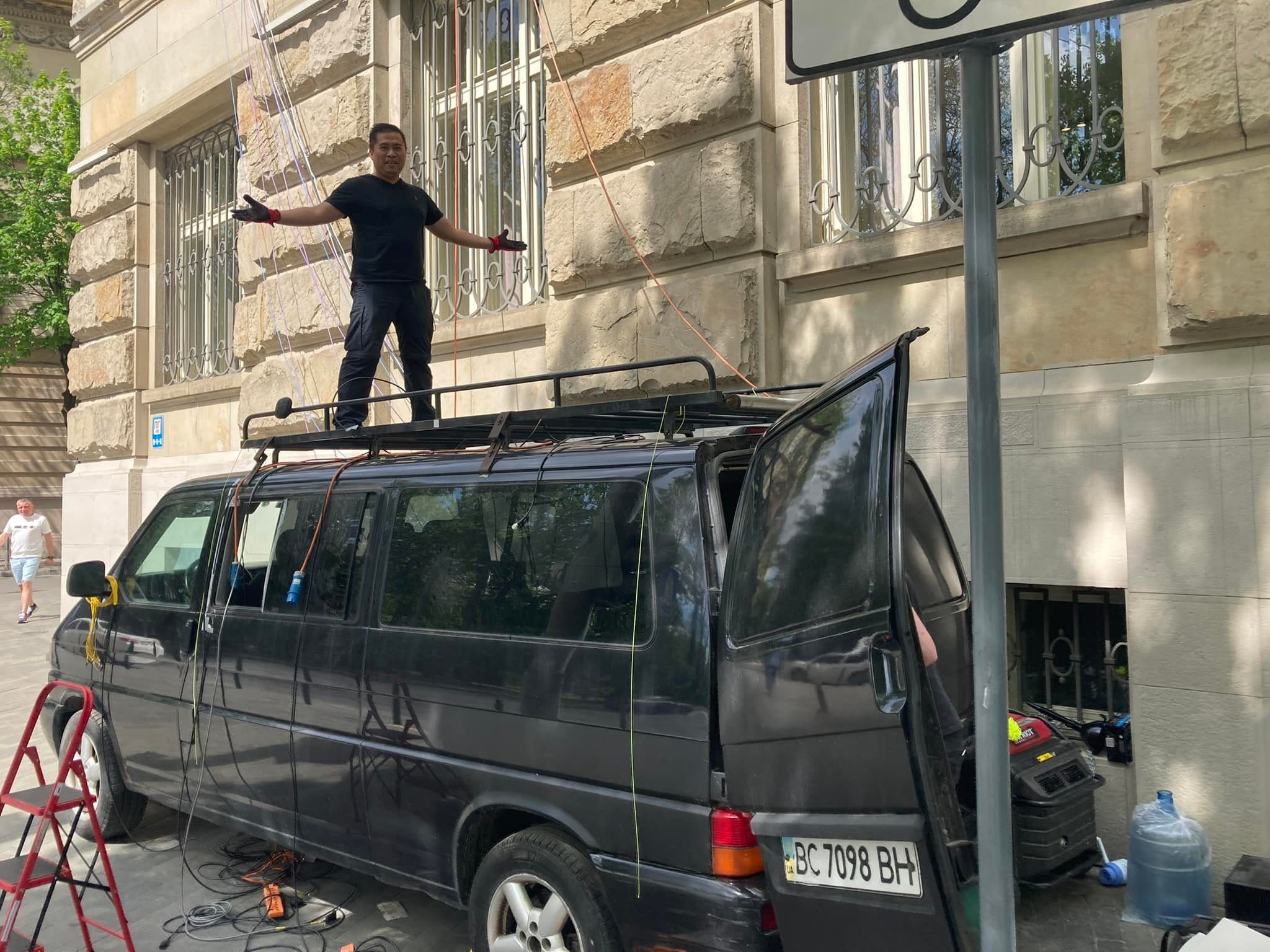
Twenty-four journalists have so far been killed covering Russia’s invasion of Ukraine, which began on February 24.
The casualties include Russian journalist Oksana Baulina, killed during shelling in Kyiv; Fox News cameraman Pierre Zakrzewski, who died when his vehicle came under fire in Horenka; and American documentary filmmaker Brent Renaud, who was killed when Russian troops fired on his vehicle outside Kyiv.
The latest casualty was French journalist Frédéric Leclerc-Imhoff, who died after being hit by a shrapnel during a Russian bombardment of a humanitarian bus near Severodonetsk, a city in eastern Ukraine. He was inside the bus along with civilians when the incident happened on May 30.
Maliksi said he felt “excited and scared” when informed he was going to Ukraine.
“So far, we are safe naman. We are in a very safe part of the city. We do not go to the frontlines. We mostly stay with the show anchor. Also, our security team always [gives] us the best advice where to stay and when to leave,” he said.
He said they have also undergone a training on surviving hostile ground.
He added that security experts always assess the situation and coordinate with the government before advising them when to move in or out.
Maliksi, who started working with CNN in December of 2009, has since been deployed to various war zones, such as the Tunisia-Libya border, Egypt, Israel, and the Turkey-Syria border. – Rappler.com
Add a comment
How does this make you feel?
![[Rappler’s Best] Patricia Evangelista](https://www.rappler.com/tachyon/2024/04/unnamed-9-1.jpg?resize=257%2C257&crop=486px%2C0px%2C1333px%2C1333px)

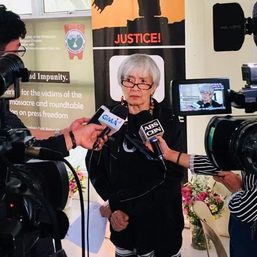
![[EDITORIAL] Filipino journalists to China: Yes, we are trouble](https://www.rappler.com/tachyon/2024/04/animated-wps-march-tension-2024-carousel.jpg?resize=257%2C257&crop_strategy=attention)
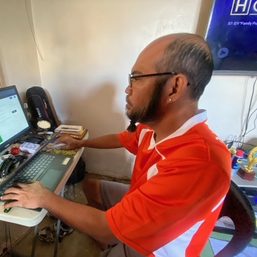
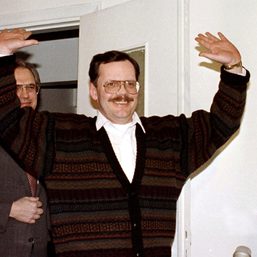
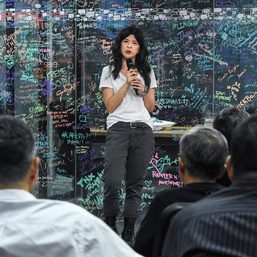

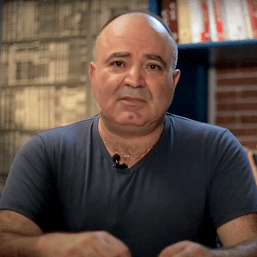


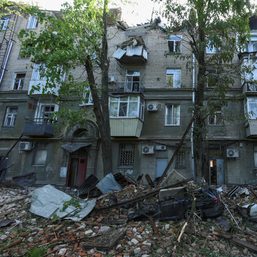

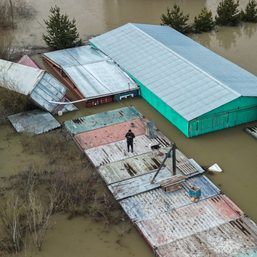
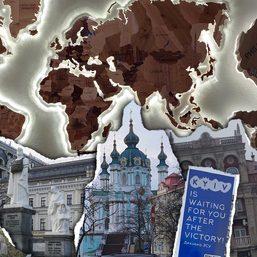

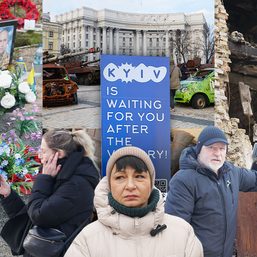
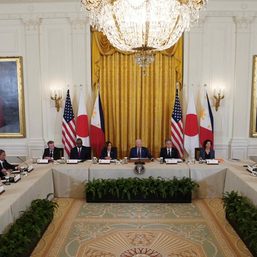
There are no comments yet. Add your comment to start the conversation.